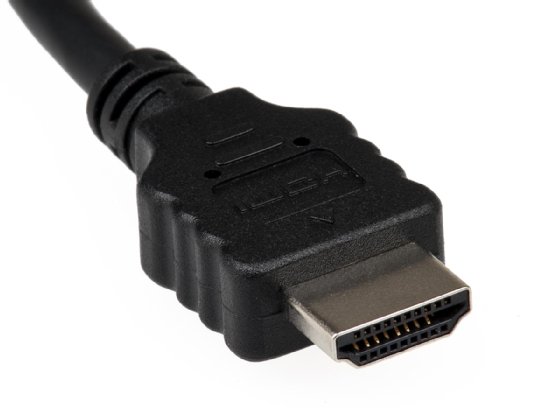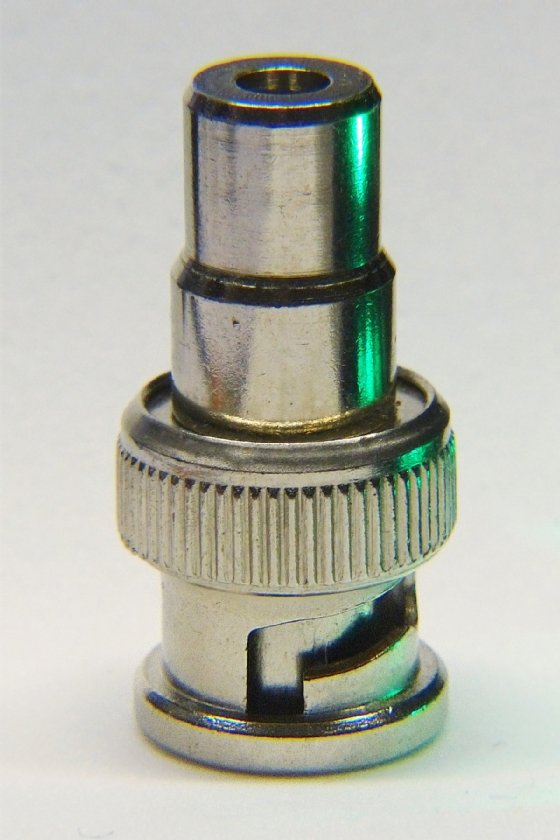serial digital interface (SDI)
What is serial digital interface (SDI) and what is it used for?
Serial digital interface (SDI) is a standard for digital video and audio transmission over coaxial or fiber optic cabling. Speeds currently range from 270 megabits per second (Mbps) up to 12 gigabits per second (Gbps) for the latest standard released in 2015.
The SDI standard uses data words that are 8 or 10 bits in length. SDI signals are uncompressed and are self-synchronizing between the source (transmitter) and the destination (receiver). Most errors caused by noise or interference can be detected, and the lost data is recovered using a specialized code called the Hamming code. A signal in SDI can contain up to four independent digital audio signals along with the video signal.
History of SDI
The SDI professional video standard was first developed in 1989 by the Society of Motion Picture and Television Engineers (SMPTE). Since then, six updated SDI standards have been released with one currently in development. These are the SDI standards in the order they were introduced:
- Standard Definition SDI. Published in 1989, SD-SDI is an SMPTE 259M standard that transmits and receives video and embedded audio at bit rates between 177 Mbps and 270 Mbps; it is primarily used for 480i and 576i video formats.
- High Definition SDI. Introduced in 1998, HD-SDI is an SMPTE 292M standard that transmits and receives video and embedded audio at a rate of 1.5 Gbps; it is primarily used for 720p and 1080i video formats.
- Enhanced Definition SDI. Introduced in 2000, ED-SDI is an SMPTE 344M standard that transmits and receives video and embedded audio at a bit rate of 540 Mbps; it is primarily used for 480p and 576p video formats.
- Dual Link HD-SDI. Released in 2002, Dual Link HD-SDI is an SMPTE 372M standard that transmits and receives video and embedded audio at a bit rate of dual 1.5 Gbps links, making a combined 3 Gbps; it is primarily used for the 1080p video format.
- 3 Gbps SDI. Introduced in 2006, 3G-SDI is an SMPTE 424M standard that transmits and receives video and embedded audio at a bit rate of 3 Gbps; it is primarily used for 1080p video format.
- 6 Gbps SDI. Published in 2015, 6G-SDI is an SMPTE ST 2081 standard that transmits and receives video and embedded audio at a bit rate of 6 Gbps; it is primarily used for 1080p at 60 frames per second and 2160p video formats at 30 FPS.
- 12 Gbps SDI. Also introduced in 2015, 12G-SDI is an SMPTE ST 2082 standard that transmits and receives video and embedded audio at a bit rate of 12 Gbps; it is primarily used for 2160p video formats at 60 FPS.
What is the difference between HDMI and SDI?
Although both high-definition multimedia interface (HDMI) and SDI support the transmission of uncompressed video and compressed or uncompressed digital audio, there are distinct differences between the two video output connections and the cost to implement them. HDMI is popular in consumer-grade equipment for connecting Blu-ray players, streaming devices and video game consoles to television sets. HDMI resolutions can reach up to 10K at 120 hertz.
In most cases, an HDMI cable cannot extend beyond approximately 50 feet without needing an intermediary device to amplify the signal. However, it is a much cheaper technology to use compared to SDI. While there are several different HDMI connector types, the most common is the standard 19-pin connector.

SDI is more often found in professional environments used by broadcast picture and sound engineers. SDI equipment is far more expensive to purchase and use compared to HDMI, but it does enable far greater transmission that can reach up to 100 feet for coax cabling and 1,000 feet over optical fiber. Although HDMI can technically transmit higher-fidelity video signals, SDI is still used by professionals because the corresponding video equipment interfaces natively use the SDI standards. SDI over coax uses BNC (Bayonet Neill-Concelman)-style connectors.









